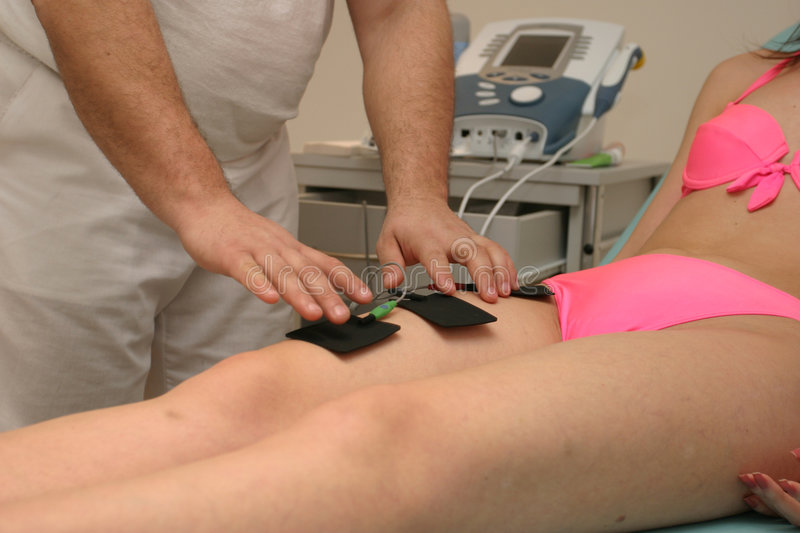Preventive Physiotherapy:
The profession of physiotherapist has evolved considerably in recent years; and today we see that more and more practitioners are intervening beyond their primary role of caregiver with patients with disorders. Indeed, the development of preventive physiotherapy in the field of sport has opened the door to other forms of preventive physiotherapy. In addition, the physiotherapist is completely legitimate to carry out primary prevention, by his know-how, his skills and his scope of intervention.
Primary prevention in physiotherapy
Primary prevention in physiotherapy consists in providing each individual with physical and intellectual means so that he can adapt according to his individual assessment to his school, personal or professional environment. Primary prevention is therefore very important in the field of health, because it makes it possible to reduce the risks and to keep individuals in good health.
Why become a preventer physiotherapist?
Becoming a preventer physiotherapist has undeniable advantages for the practitioner: it allows him to diversify his activity and build up additional income. In addition, it offers him very satisfying personal and relational enrichment , it enhances the profession and strengthens his educational role.
By placing himself at the center of the relationship between the individual and his environment, the physiotherapist values the human being by making him an actor of his health: the more the person has a good knowledge of his anatomy and his physiology, the more he is able to prevent potential risks related to its environment.
Difference from the traditional physiotherapy approach
For the preventive physiotherapist, it is not a question of opposing the preventive to the curative, because “prevention is cure”, and both prevention and curation go in the same direction. In his role of caregiver, the Physiotherapist in North York is brought to focus his work on the pain or the problem identified or diagnosed. In prevention, the physiotherapist will rather undertake a more global, less segmentary work; in order to preserve optimal conditions for the functioning of the body.
The preventive physiotherapist can intervene in schools, in daily life, in professional environments, or in sports, with several objectives:
Information on a public health topic
Promotion of physical activity
- Early detection of musculoskeletal dysfunctions in order to prevent pathologies
- Improved well-being and quality of life
Depending on the situation, the physiotherapist will have to work in close collaboration with school medicine, occupational medicine, trainer and sports medicine; in order to establish a coherent program with the actors concerned and to move forward with the same objectives.
To carry out this preventive mission, the physiotherapist will be able to use a very wide range of techniques: joint mobilization, massage, reinforcement, postural techniques, repetitive gestures …
Problems, pain, pathologies
Depending on the environment, the physiotherapist may intervene in primary prevention on several types of pain and pathologies:
School environment: prevention of back pain, back pain, balance disorders, spinal static disorders, postural disorders. The physiotherapist works directly within the school.
Daily environment: prevention of back problems, improvement of the quality of life. The physiotherapist works directly at home.
Professional environment: prevention of musculoskeletal disorders, psychosocial risks and accidents linked to professional activity, reduction of stress, improvement of working conditions. The physiotherapist intervenes directly in the workplace in a company.
Sports environment: prevention of inflammation, pain, tendonitis, injuries.
In all cases, the physiotherapist’s intervention revolves around several axes:
Information and pedagogy: fundamental notions on anatomy, physiology, pathologies, risk factors. Depending on the audience, the presentations will be offered through appropriate educational materials, conferences, seminars or training.
Individual assessments: personal and family history, morphostatic examination, specific diagnosis (general posture, spatial organization, balance, symmetry, natural static position of the joints, decomposition of movements, etc.), physical capacities, specific muscle contraction sequences for athletes , assessment of risk factors, etc.
Environmental assessment: specificities and constraints, stress level.
Gesture education: change in postural and handling habits, learning daily gestures (lacing shoes, picking up an object, etc.), learning to handle and carry heavy loads (school bag in school, shopping in everyday life, various objects in a professional context).
Healthy lifestyle recommendations: stress management, food and sleep, including in the family environment (computer, television, game console, position in bed or on the sofa, etc.).
Ergonomic advice: recommendations for adapting the environment and tools to human morphology: design of workstations, organization of space, adaptation of furniture.
Recommendations for adapted physical activity: relaxation and stretching movements, setting up a physical activity program adapted to each individual situation, depending on the constraints (exercises performed at home or at the workstation). In sports, preventive physiotherapy takes a very important place, because it makes it possible to reduce the risks associated with the practice of sport. The physiotherapist brings his expertise on the correction of static, suggests stretching and muscle strengthening specific to the discipline practiced and the individual morphostatic assessment.
If you are interested, know that several organizations now offer specific training programs for physiotherapists wishing to diversify their activity and deepen their knowledge in preventive physiotherapy. Contact us today and get your preventive physiotherapy done.



